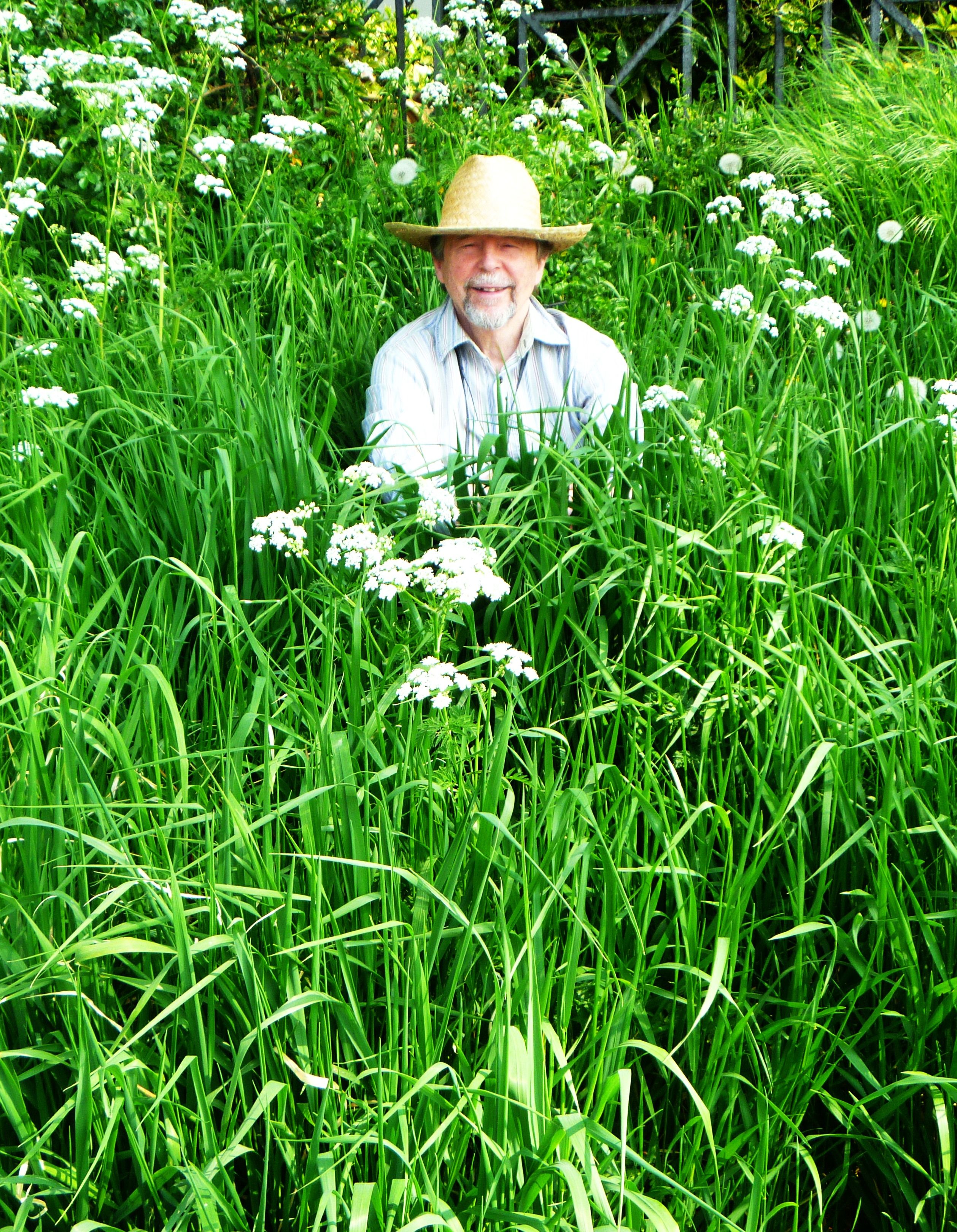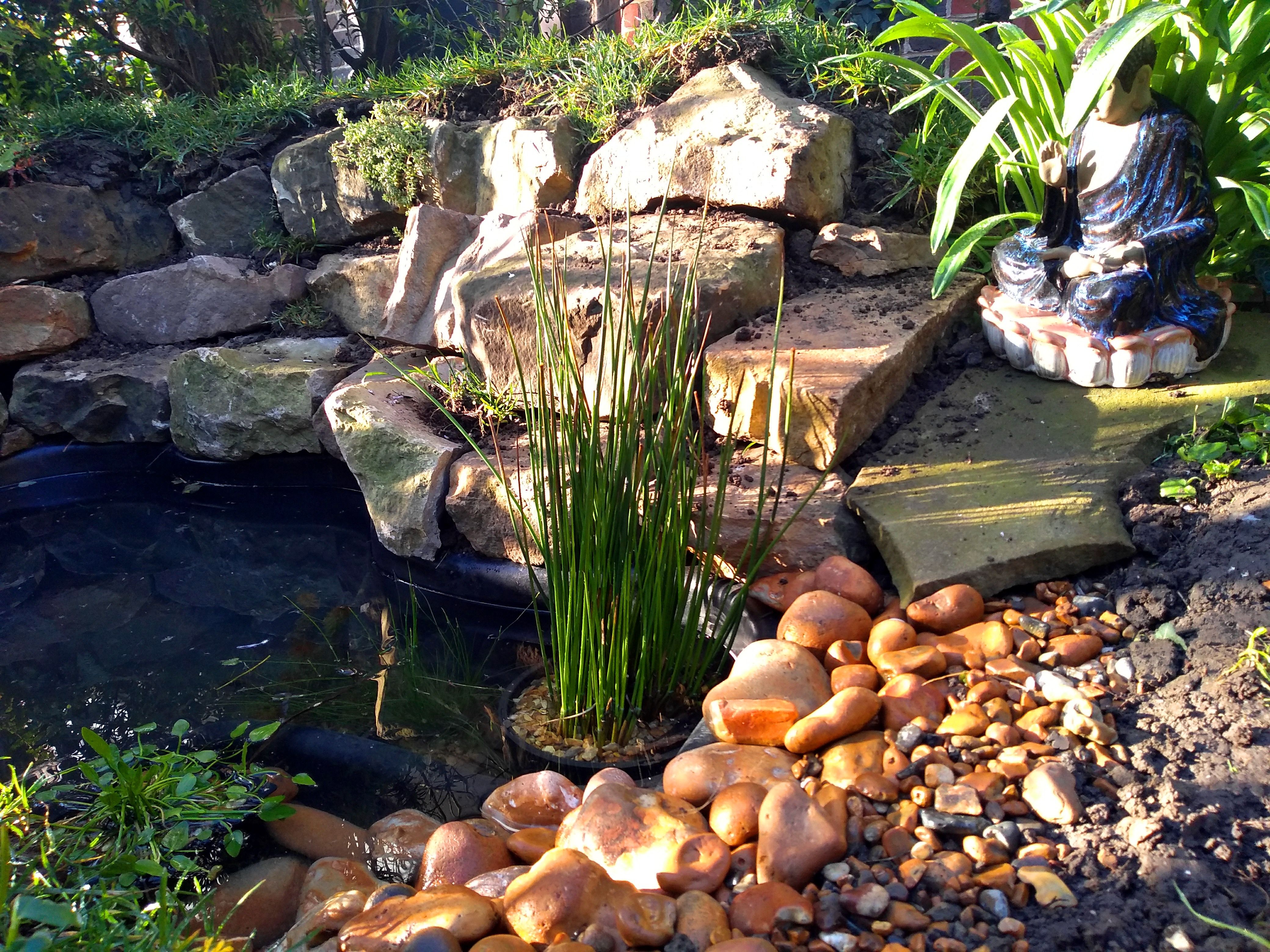Rewilding my coastal garden
By Gerry Thompson Maguire - 29 June 2023
The heat we’ve seen so far this year – even here on the Sussex coast – reminds me of the heatwaves of last year which lasted from spring well into the summer. What challenges do these rising temperatures present to our gardens and the wildlife in them? How might a wilder garden fare in these conditions?
I’ve been gradually allowing my small garden in Shoreham by Sea, within the Weald to Waves corridor, to steadily wild itself since we moved here in 2002 – so I was very quick to sign up to the Gardens & Greenspaces community and add my dot to the map.

The good news, from my experience, is that a wild garden – especially a mature one – can be extraordinarily resilient and resistant to even very prolonged periods of drought. Even through months of heatwave everything stays green and lush; no plants seem to show stress, and nothing needs watering. Let’s take a look at why this may be.
Hedges are a key feature of my garden. They are comprised of native shrubs and small trees such as hawthorn, elder, field maple or blackthorn, with climbers like honeysuckle and ivy growing through them. Together, this makes a dense cover which is great for providing shelter for invertebrates, birds and small mammals. Hedges bring elements of deep shade which complement the more open, sunlit patches of the garden, and help the garden become more resistant to the effects of heat. Plants grow more slowly, and form layers of protective vegetation. There is no bare earth whatsoever. But I believe there’s an even more important factor at play here.

Over time the soil in the garden has been enriched with organic matter, including fallen leaves from the shrubs. By keeping all prunings within the ecosystem and creating heaps and dead-hedge structures, the garden’s ability to store carbon is increased. This is in contrast to conventional gardening which usually increases carbon emissions through digging or use of peat-based composts. All this simulates the way in which light woodland is resistant to excessive heat, with both shade cover and a deep accumulated mulch of decaying organic matter. Moisture is conserved and wildlife is protected from the heat.
On top of all this, there is the garden pond. Often recommended as the single most effective feature you can add to your garden to encourage wildlife, a pond provides water for drinking, splashing about and cooling off for all and sundry residents and visitors, day and night. The pond in this garden has never needed topping up. But what I find more interesting still is that the garden is resistant to flooding as well as to drought. It soaks up the prolonged torrential downpours we seem to be getting more and more of these days. Now that’s a win-win.
Gerry Maguire Thompson
Learn more:
The story of a year in this garden is told in my recently published book: Rewilding An Urban Garden: An Illustrated Diary of Nature’s Year by Gerry Maguire Thompson available in paperback and hardback.
Visit urbanwildgarden.com to find out more

